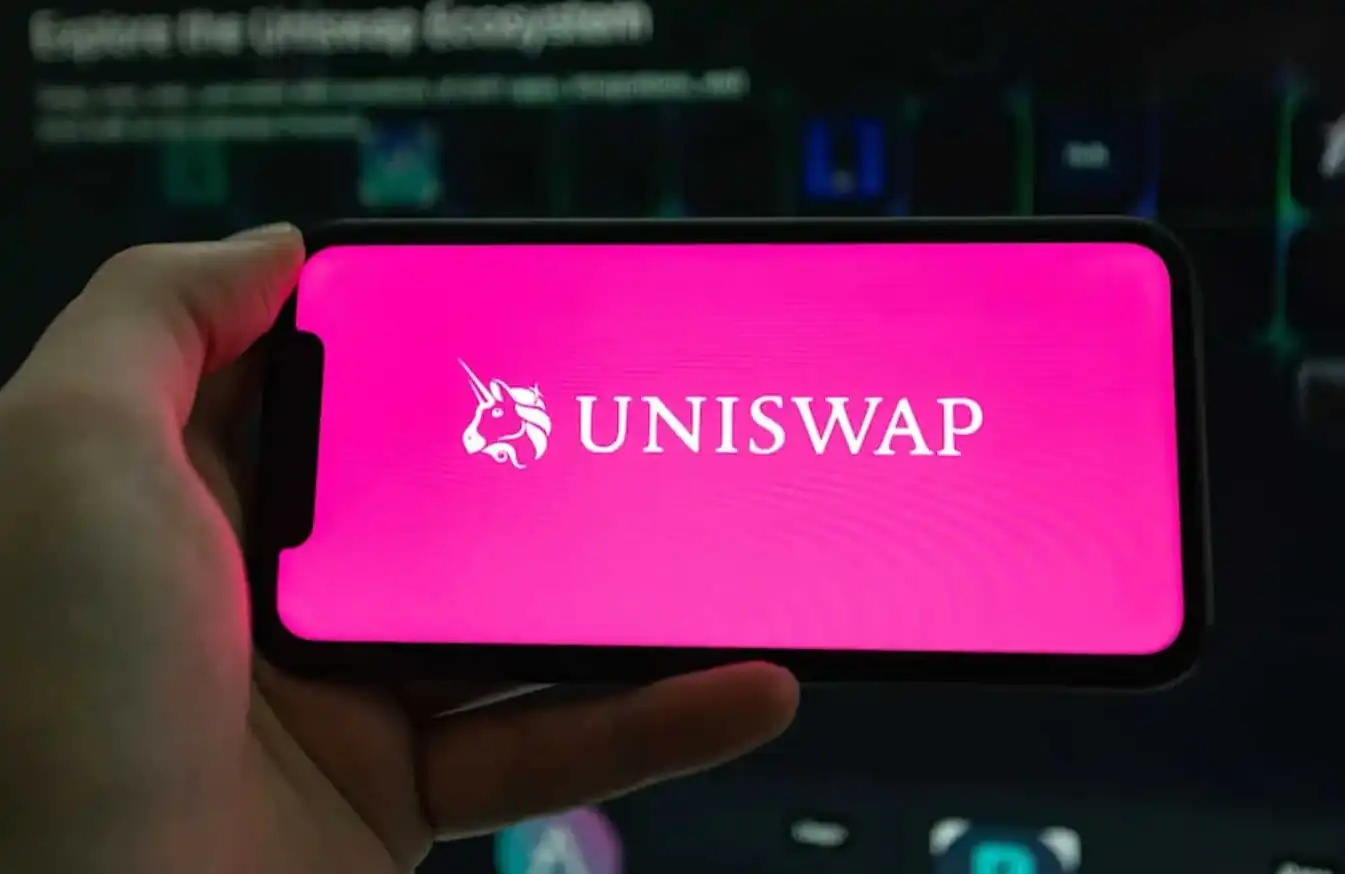First-time Coin Sale, Delisting, and Coin Burn are Turning Points in a Cryptocurrency's Journey
If the previous cycle was MicroStrategy igniting Bitcoin's bull run, then the engine of this round, without a doubt, is the "Shitcoin MicroStrategy." Ethereum treasury companies like SBET and BMNR continued to buy, not only pushing ETH's price from $1800 in early May to $4700, a surge of over 160%, but also playing a new leading role in market sentiment. Meanwhile, mainstream shitcoins like SOL, BNB, HYPE, etc., also followed suit, with a wave of companies centered around treasury accumulation further amplifying the market's bullish expectations.

However, as this pattern spreads, warning signs are gradually emerging. Recently, BNB treasury company Wint faced delisting risks, and Hype treasury company LGHL was involved in a coin-selling scandal, sparking market doubts about the sustainability of the "treasury strategy." What potential risks are hidden behind this centralized buying narrative? What concerns should investors be aware of while chasing high returns? This article will delve into a detailed analysis.
Corporate Game: Capital Will Only Choose a Few Winners
This "treasury company" competition can be described as a life-and-death market elimination game.
Windtree Therapeutics (WINT) made a high-profile announcement in July to establish a BNB strategic reserve but, due to weak fundamentals and a continuously low stock price, eventually received a delisting notice from Nasdaq on August 19. After the news was disclosed, WINT's stock price plummeted continuously, with a single-day drop of 77.21%, now trading at only $0.13, representing a cumulative decline of 91.7% from $1.58 since the news was announced. For a small-scale biopharmaceutical company still in the clinical stage, yet to achieve commercialization, and with widening quarterly losses, delisting almost implies being fully marginalized by the market.

In sharp contrast is another newcomer—BNB Network Company (BNC, formerly CEA Industries). With support from YZi Labs, BNC completed a $500 million private placement at the end of July to early August, personally led by CZ, with up to 140 participating institutions, including frontline capital such as Pantera Capital, Arrington Capital, GSR, etc. The company also invited former Galaxy Digital co-founder David Namdar to serve as CEO and had former CalPERS CIO Russell Read helm investment decisions, almost overnight completing the transition from a traditional small-cap to a "BNB orthodox treasury company."
The choice of capital has already provided the answer: WINT has become a "sacrificial pawn," while BNC has become the new market leader. Data shows that BNC's stock price rose by 9.47% yesterday, reaching $23.01, further strengthening its leading position in the "BNB Treasury Company" race. It can be said that this competition is not only a showdown of company fundamentals but also a market vote on narrative and resource integration capabilities.
Related Reading: "First BNB Reserve Company WINT Delisted, Is the "Coin Hoarding Strategy" Ineffective?"

In the ETH Treasury Company race, the competition is equally fierce. Led by Joseph Lubin, SBET, as the first publicly traded company to propose the "ETH Microstrategy" concept, quickly ignited strong FOMO in the market's early stages due to its first-mover advantage and the narrative of being associated with ETH. Priced at $3 initially, SBET skyrocketed to over $120, becoming a benchmark case of the DeFi Treasury model.

However, BMNR's rise quickly reshaped the landscape. As a latecomer, not only did it surpass SBET in buying pressure and fund size, but it also boldly proclaimed a "holding of 5% ETH" slogan, instantly elevating market imagination. More importantly, with figures like Tom Lee and Wood Sister publicly endorsing BMNR, backed by Wall Street's traditional capital, it rapidly took the lead at the institutional and media levels. In comparison, although SBET has the endorsement of Joseph Lubin, representing the Web3 nouveau riche, it is slightly overshadowed by BMNR in terms of discourse power and influence due to its alliance with "old money" on Wall Street.
The stock price trends of the two also confirm this differentiation. In the August market, SBET's stock price rose from $17 to a high of $25, a total increase of about 50%; BMNR, on the other hand, surged from $30 to $70, with an increase exceeding 130%, significantly outperforming the former. As BMNR gradually gains recognition from mainstream capital and thought leaders, the competitive situation in the ETH Treasury Company space has clearly shown signs of a diverging path.

The insight behind this competition is that the "Treasury Company" track has entered a stage where the strong get stronger. With institutional investors and top-tier capital participating, market resources are rapidly concentrating on a few enterprises possessing capital integration, narrative drive, and governance capabilities. In this model, small companies find it hard to survive, even if they promote the "treasury" concept, as they struggle to withstand the market's scrutiny of performance and financial strength. In the end, only a few truly capable of attracting funds and narratives will remain in the race, while bubbles and followers will be swiftly eliminated.
Sell-off Concerns: Strategic Reserves Do Not Equal Permanent Holding
If Bitcoin's bull market has been blessed by Michael Saylor's faith, then the altcoin market's "Treasury Bulls" seem more realistic. Saylor has always loudly proclaimed that MicroStrategy will "never sell" its Bitcoin and has continuously bought more through debt financing, providing a continuous source of buying pressure and confidence for BTC. Nevertheless, whether "MicroStrategy will sell off" has always been a focal point of market discussion. While Treasury companies of altcoins have mimicked this model, they have never given a "no-sell" commitment, leading to greater concerns in the market about their stability.
Recently, the HYPE Treasury company Lion Group Holding Ltd. was observed selling $500,000 worth of HYPE tokens. Just a month ago, the company announced the launch of the HYPE Treasury strategy after completing a $600 million financing, with the goal of positioning $HYPE as a core reserve asset and constructing the next-generation Layer-1 Treasury portfolio by allocating tokens such as $SOL and $SUI, and also explicitly stated that they would continue to accumulate these tokens in the future. However, the recent sell-off has caused speculation about the company's asset allocation logic: is this a tactical diversification adjustment or a hedge against the recent market downturn? Despite the sell-off amounting to only $500,000, which is insignificant compared to the $600 million financing, it is still worth a market wake-up call.
Similar examples are not uncommon. The Meitu company once invested approximately $100 million in buying BTC and ETH, then cashed out when BTC surpassed $100,000 by the end of 2024, selling for nearly $180 million, realizing a profit of about $79.63 million. Although Meitu is not a Treasury strategy company, this operation has already demonstrated that when prices rise to a certain level, the so-called "strategic reserve" can completely transform into a profit-taking tool.
Currently, there has not been a large-scale sell-off by Treasury companies in the market, but the potential risks should not be overlooked. Whether driven by profit motives or fear of future market trends, Treasury companies may become a source of selling pressure. Lion Group's sell-off is a reflection of this concern: as one of the early adopters of the HYPE Treasury strategy, its sale undoubtedly sounds the alarm bell—if the "Treasury Legion" chooses to sell off massively, a cascade effect may instantly trigger, and the bull market could abruptly halt under the pressure of its own engine.
mNAV Flywheel: Infinite Bullets or Double-Edged Sword?
The financing flywheel of Treasury companies is built on the mNAV mechanism, which is essentially a reflexive flywheel logic that allows Treasury companies to have seemingly "infinite bullets" during a bull market. mNAV refers to the Market Net Asset Value ratio, calculated as the enterprise's market value (P) relative to its Net Asset Value (NAV) per share. In the context of Treasury strategy companies, NAV refers to the value of the digital assets they hold.
When the stock price P is higher than the Net Asset Value per share NAV (i.e., mNAV > 1), the company can continue to raise funds and reinvest the raised capital into digital assets. Each time new shares are issued for purchase, it will increase the per-share holdings and book value, further strengthening the market's confidence in the company's narrative and driving the stock price higher. Thus, a closed-loop positive feedback loop begins to spin: mNAV increases → issuance of new shares for funding → purchase of digital assets → increase in per-share holdings → enhanced market confidence → further stock price increase. It is with this mechanism that MicroStrategy has been able to continuously fund the purchase of Bitcoin over the past few years without significantly diluting its shares.

However, mNAV is a double-edged sword. The premium can represent a high level of market trust but may also be merely speculative trading. Once mNAV converges to or falls below 1, the market switches from an "increasing value logic" to a "dilution logic." If, at this point, the token's price itself drops, the wheel will shift from positive rotation to negative feedback loop, causing a double hit to market cap and confidence. Furthermore, the financing strategy of treasury companies is also built on the premium wheel of mNAV. When mNAV remains at a discount for a long time, the issuance space will be blocked, and the businesses of small and mid-cap shell companies that are already in business stagnation or on the brink of delisting will be overturned, and the built flywheel effect will collapse instantly. In theory, when mNAV < 1, it would be more reasonable for the company to sell holdings to buy back stock to restore balance, but generalizations should not be made, as discounted companies may also represent undervalued assets.
During the bear market in 2022, even though MicroStrategy's mNAV briefly fell below 1, the company did not choose to sell Bitcoin for buybacks but persisted in retaining all Bitcoin through debt restructuring. This "hold to the end" logic comes from Saylor's belief in a BTC-centric vision, considering it a core collateral asset that will "never be sold." However, not all treasury companies can replicate this path. Most altcoin treasury stocks lack stable core businesses and transitioning into "buying coin companies" is merely a survival strategy without the backing of faith. Once the market environment deteriorates, they are more likely to sell off to cut losses or realize profits, triggering a sell-off.
How to Mitigate Potential Risks of DAT Treasury Model?
Preferentially Choose Companies that "Hodl BTC"
The current treasury model mostly mimics MicroStrategy, with Bitcoin always playing the role of an "industry cornerstone" in it. Bitcoin, as the only globally recognized decentralized digital gold, its value consensus is almost irreplaceable. Whether it's traditional financial institutions or native crypto giants, the allocation and expectations for Bitcoin have not yet reached long-term goals. For investors, choosing those "BTC treasury companies" is often more robust and carries more long-term confidence premium than companies that simply imitate the altcoin treasury logic.
Focus on Competitive Relationships and Prefer Leading Assets
The competition for a niche in the capital market is extremely fierce. Particularly in a narrative-driven model like treasury strategy, the market often "only knows first place and ignores second place." The competition between WINT and BNC demonstrates that once capital and mainstream institutional support concentrate on one party, the other party is almost instantly marginalized. In this context, investors should focus on the "leading effect": the first-place holder often receives more institutional funding, media narrative, and market trust, while the second and third are easily overlooked.
For retail investors, if their judgment on individual stocks is lacking, opting to directly allocate to the coin itself may be simpler and more effective. In fact, despite intense competition at the company level, both ETH and BNB have set historical highs without being affected.
Focus on Company Fundamentals
One of the core issues of the DAT model is that many treasury companies are essentially "shell companies" whose main businesses have long been stagnant, with weak profitability, relying almost entirely on "coin speculation" to survive. This model may seem reasonable during a bull market, but once the market reverses, they will instantly hemorrhage due to a lack of cash flow support. Therefore, when choosing targets, investors must pay attention to:
Company cash flow: Does it have the ability to sustain itself?
Entry cost: Is the average holding price sufficient to maintain health during pullbacks?
Position proportion: Is the proportion of digital assets to company net assets too high?
Use of funds: Is the raised capital mainly used for buying coins, or is there actual business expansion?
Debt repayment ability: Can it remain stable even when convertible bonds mature or stock prices are under pressure?
Companies lacking self-sustaining capabilities may shine brightly during a bull market, but during a liquidity downturn, their risk resistance is extremely weak, making them likely the first casualties of a sell-off.
Summary
Treasury strategy has undoubtedly injected the strongest fuel into this round of the bull market, with a steady stream of off-exchange funds propelling altcoins led by ETH. However, the more seemingly "infinite ammunition" the model has, the more alert we must be to the bubble and hidden risks behind it. History has already proven that liquidity and narrative can ignite the market but cannot replace real value support. For investors, while the current market conditions are certainly optimistic, maintaining composure and caution is essential. Only by staying rational amid the frenzy can one stand tall when the next bubble recedes.
Welcome to join the official BlockBeats community:
Telegram Subscription Group: https://t.me/theblockbeats
Telegram Discussion Group: https://t.me/BlockBeats_App
Official Twitter Account: https://twitter.com/BlockBeatsAsia


 Forum
Forum Finance
Finance
 Specials
Specials
 On-chain Eco
On-chain Eco
 Entry
Entry
 Podcasts
Podcasts
 Activities
Activities
 OPRR
OPRR









